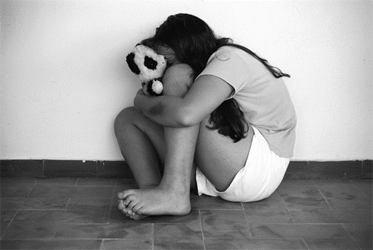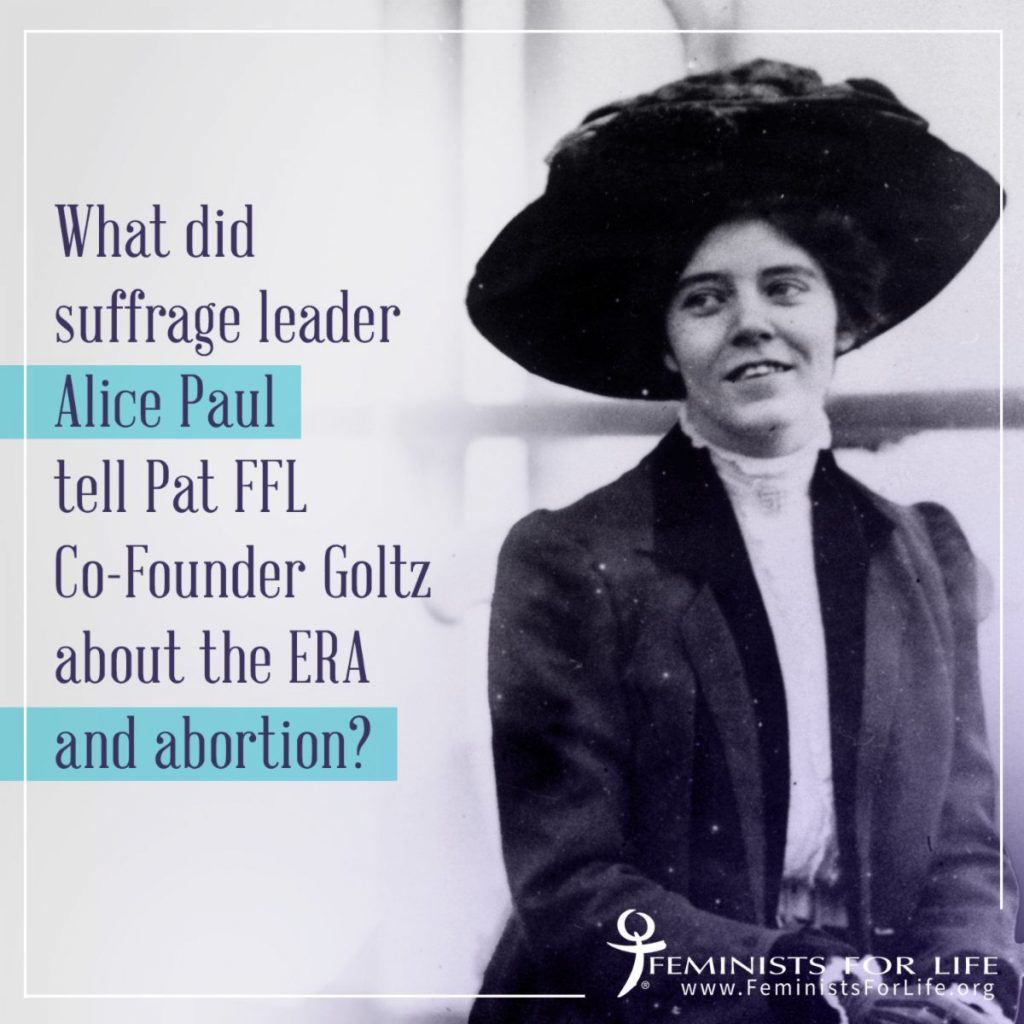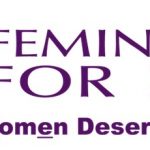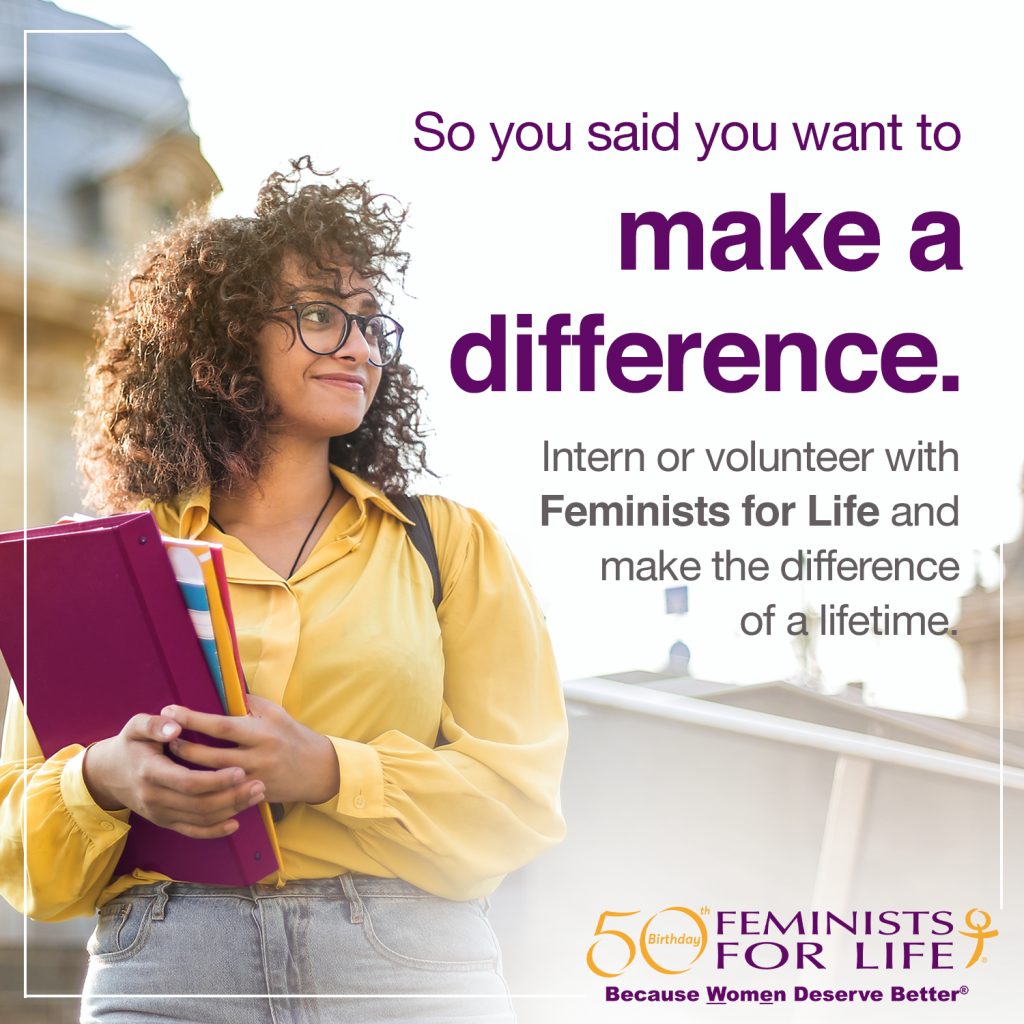
Now that the “rape and incest” exceptions to laws against abortion are once again making headlines, my own experience sheds what I believe to be desperately needed light on the subject. I am a victim of child sexual abuse — both incest and the family friend variety. I write this story in the hope that in the reading of it, both sides of this terrible debate will pause to think long and hard about their positions.
Just before I was 13 years old, I was sexually abused by an older brother and by a college-age friend of the family. I was never assaulted by the two together, but each knew of the other’s involvement — the older brother gave me “tips” for sexual acts on the family friend.
About three or four months after the abuse began, I was late for a period. I told my brother this, and he informed me that I “should have made that guy wear a rubber, you idiot.” I did not know what a “rubber” was, or where it was worn, or why. All I knew was that if you did not have periods, you were pregnant. And if you were pregnant, you were in trouble.
I turned to my Sunday school teacher for help. When I told her I thought I might be pregnant (at 12 years old), she didn’t even blink. She gave me a hug and said I should go to Planned Parenthood for a “rabbit test,” that I should get one of my older brothers to take me and not tell my parents. She never asked who the male partner was or why I was sexually active at my age. So, my older brother took me to Planned Parenthood.
I had never been to a doctor without my mother, and I had never had a gynecological exam. The whole visit was terrifying. No one explained anything. I was examined, gave urine and blood samples, and shown a chart of an egg going around a big circle marked by days of the month. I was asked questions like, “frequency of intercourse?” and “method of birth control preferred?” I did not know what intercourse meant, so I just said “a lot,” and I had no idea what methods of birth control existed. No one asked who my “partner” was; no one expressed any dismay, concern, or even interest that a 12-year-old girl needed a pregnancy test.
I heard a lot about “being responsible” and “taking control of my body.” Someone gave me a handful of condoms on the way out and made a joke about it being an assortment — red, blue, and yellow. The yellow ones were called Tinglers. I stuffed them in my purse and threw them away later.
My older brother maintained a strong silence throughout the entire time — no one asked him a single question.
Two days later, I received a phone call telling me the test was positive and to come in the following Saturday morning with a sanitary napkin and a friend who could drive. The caller never used the words “pregnant” or “abortion.” I did not keep that appointment; my period started that evening.
The sexual abuse ended a couple of months later, as the family friend moved away, and my older brother began to abuse two younger neighbor children instead.
It was not until three years later that I discovered, in a high school biology class, that you cannot get pregnant from oral sexual contact. I also found out what intercourse was and that I’d never had it.
I remember the feeling of horror that came over me as I realized I had been scheduled for an abortion. I remember trying to figure out who would have paid the bill (it must have been my brother) and wondering why I was such a horrible person that those people thought I should have an abortion. Obviously, the worst thing that could ever happen to anyone must have happened to me, so what kind of person did that make me? Bad enough to have to kill a baby, according to what I had just learned in my biology class. I thank God that my period started when it did.
Over the years, I have found out that my story is very common in two aspects, neither of which will be good news for either side in the abortion debate. The first is the fact that my experience with Planned Parenthood was not an aberration. The sexual attitude often championed by Planned Parenthood is a serious factor in preventing the discovery of sexual abuse of young people. Had anyone shown even the least bit of disapproval or concern, I would have divulged the truth and begged for help. Everyone around me seemed to accept as normal that a 12-year-old girl could and should be sexually active (so long as she is responsible — remember that “rubber rainbow”!) And remember, too, who took me to Planned Parenthood — an older brother with an urgent interest in my having an abortion! Abortion on demand, no questions asked, makes it easier for incest and child abuse to continue. Abortion for incest victims sounds compassionate, but in practice, it is simply another violent and deceptive tool in the hand of the abuser.
The other unhappy aspect of this situation is that incest, rape, and child abuse are far more common than most pro-lifers want to admit. Pamphlets, speeches, and articles regularly claim that pregnancies from incest are so rare as to be negligible. My experience with other victims is that sexual abuse of children, incestuous and otherwise, is very real, very common, and terribly underreported.
Both sides in the abortion debate have a lot to learn. Abortion defenders need to realize that while abortion may keep one of the results of incest and sexual abuse from seeing the light of day, it does absolutely nothing to protect a young girl from continued abuse and in fact aids the abuser in his crime. Furthermore, birth control counseling and abortion often indirectly contribute to the victim’s sense of shame, guilt, and blame for what is happening, since she is told to “take control” and “be responsible” for her “sexual activity,” implying that this situation is, indeed, within her power to control. On the other hand, pro-lifers need to realize that incest, rape, and child abuse do happen and often with devastating results. In the assembly-line process of abortion on demand, incest-related abortions are seriously underreported.
Mary Jean Doe, whose real identity is protected, lives in a small Midwestern city with her husband and three children.
Reprinted from SisterLife, Fall 1990 and from The American Feminist, Winter 1997-1998.








